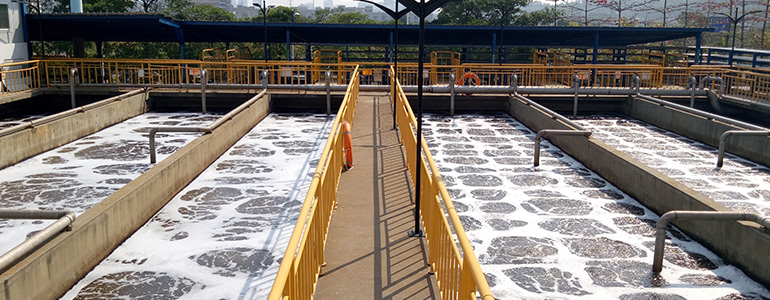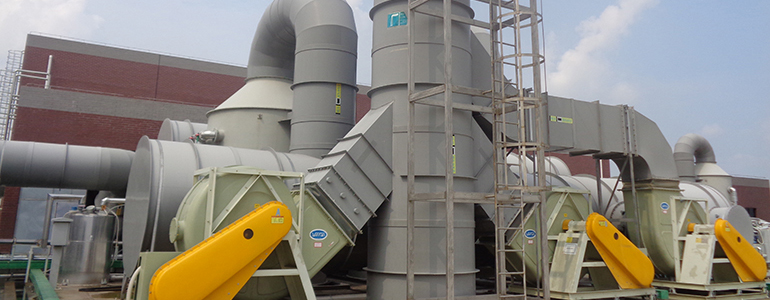PCB production process is a very complex comprehensive processing technology, which can be divided into dry method (such as design and wiring, photo engraving, film forming, exposure, drilling, molding, etc.) and wet method (such as chemical plating, electroplating, etching, development, film removal, etc.). Internal oxidation, drilling, etc. Most wet processes require a large amount of water as the most basic raw material. In the PCB production process, the waste liquid and waste water discharged in the cleaning process take away a large number of harmful substances. These waste water will worsen the environment and damage people's physical and mental health. Through certain water treatment process, harmful substances are removed to make the wastewater meet the national discharge standard. Wastewater treatment technology.
In addition, some useful substances in the wastewater (such as copper in the etching solution, gold in the gold-plating solution, etc.) must be recovered during the treatment process. In addition to wastewater treatment, the "three wastes" control in PCB production also involves the recovery and treatment technology of wastewater, waste gas and solid waste.

Sewage treatment in PCB production process
1. Resource treatment and utilization of plate washing wastewater from electroplating process: there is a relatively advanced membrane separation technology that can concentrate the heavy metal components in this part of wastewater, so as to realize resource utilization. The main principle is to classify wastewater according to its composition, and install membrane separation equipment for each category. By using the selective permeability of the membrane, the heavy metal components in the concentrated solution reach or close to the level of the electroplating solution after three stages of concentration for recycling.
2. Acid and alkali copper chloride etching waste liquid: the latest treatment method is extraction electrolysis recycling. The equipment developed based on the principle of this technology can be integrated with the etching process, and the whole system is closed loop, realizing the effect of recycling, no pollution discharge and no secondary pollution.
3. Micro-etching solution with copper sulfate as the main component: Now there is a new treatment process. The method is to collect this kind of waste water specially, and use the extraction and electrolysis technology to separate all the copper in it and separate it into electrolytic copper plates.
4. Waste solvent recovery technology: At present, enterprises have developed complete sets of equipment for the recovery of various solvents. The method is to reduce the used organic solvent into new solvent through simple distillation equipment, and then apply it to the production process, so as to realize multiple recycling of solvent, so as to save costs and achieve the purpose of environmental protection production.
5. Fixer silver recovery and recycling technology: At present, there is an equipment in China that can effectively separate silver in it by electrolysis. The waste fixing solution can be recycled by adding solid additives, effectively reducing the total amount and difficulty of treatment of this kind of waste liquid.
6. Waste board and residue treatment technology: The current new technology is to separate the metal in the PCB from the non-metal part of the substrate by using the crushing and dissociation technology and the negative pressure separation process. The whole treatment process is carried out on a fully closed production line without secondary pollution, and the metal recovery rate can reach more than 95%. The separated non-metallic parts are made into profiles, pipes, logistics trays, etc. through batching granulation, extrusion molding process, etc.
This technology integrates the most advanced comminution and dissociation technology at present and forms a unique treatment process. Its key technology is the adoption of advanced high-speed eddy current comminution and micro-powder dissociation new technology.

Waste gas treatment in PCB production process
With the development and progress of technology, it is more and more common to follow the 3R principle of circular economy (reduction, reuse, recycling) to treat the three wastes. As for the PCB production process, the technologies emerging at present mainly include:
1. Recycling of waste water, especially plate washing waste water at all levels
2. Regeneration, recycling and resource recovery technology of some concentrated waste liquid
3. Comprehensive utilization of waste PCB and scraps.
PCB producers need to remove harmful substances through certain water treatment technology in the PCB production process, so that the wastewater can be discharged only after reaching the discharge standard, and it is not allowed to cause pollution to the environment.